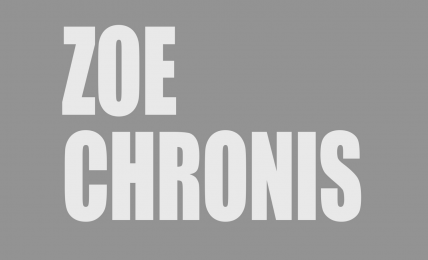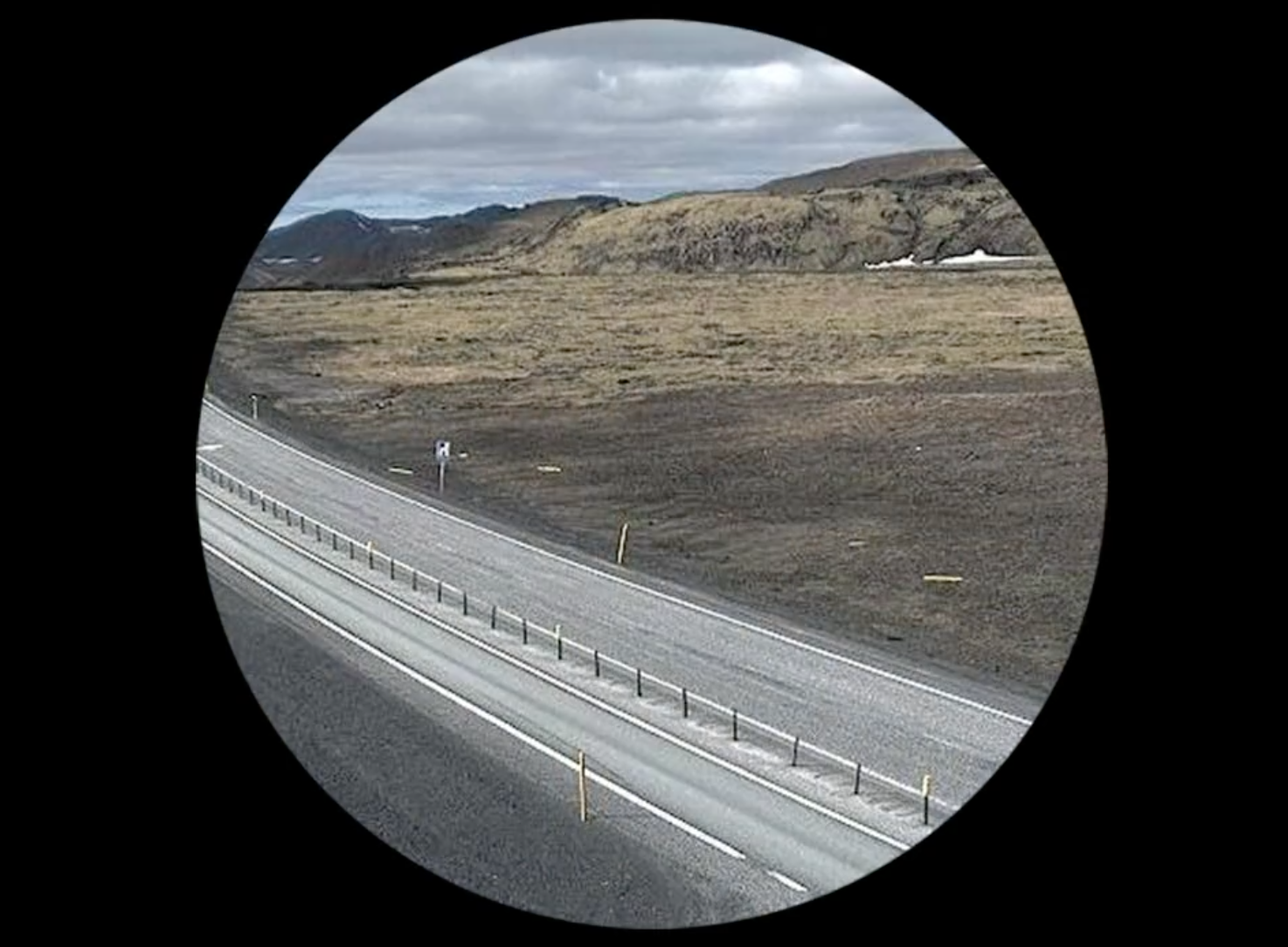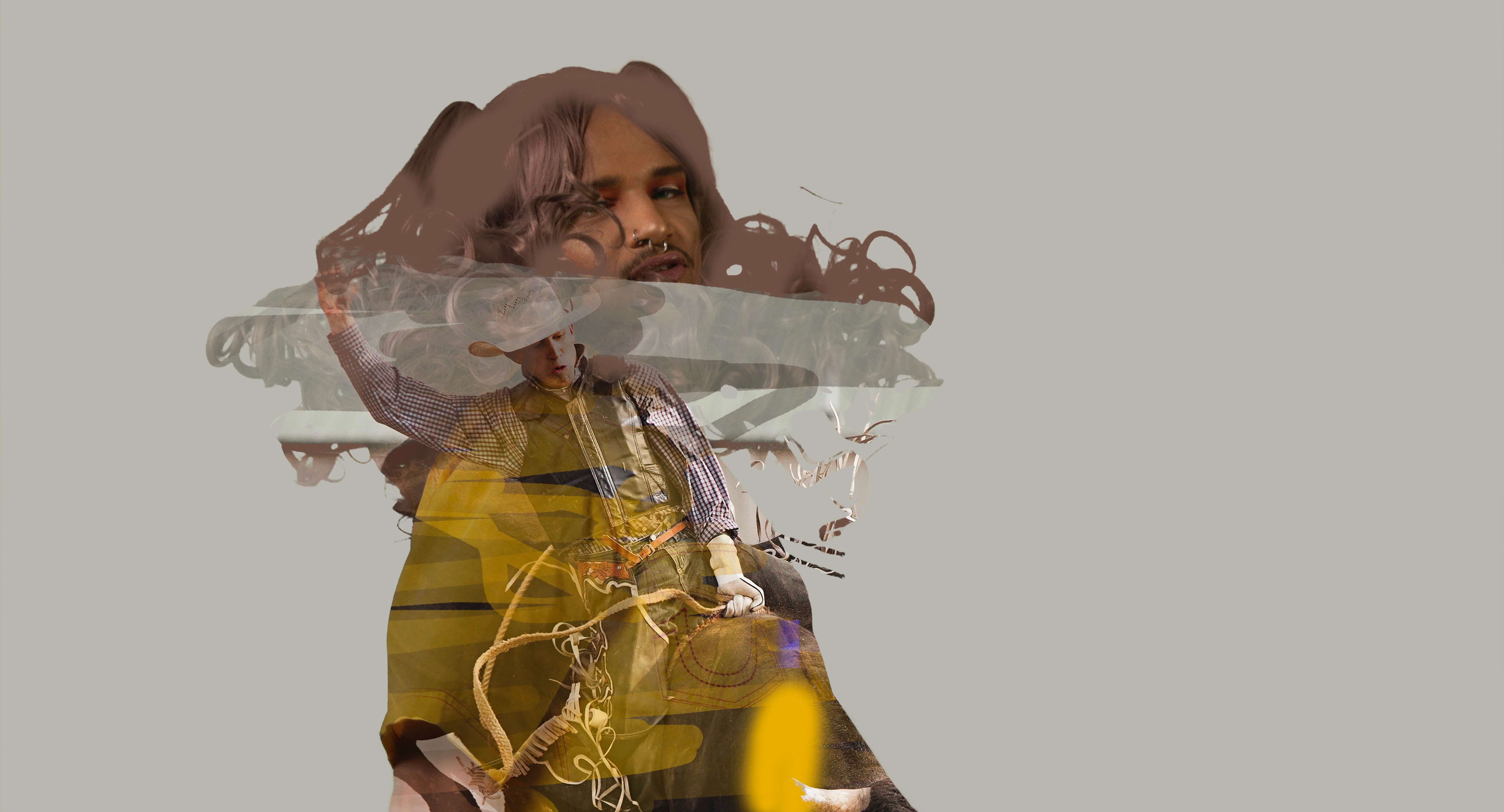Digital America interviewed Jenna deBoisblanc in April of 2024 on her work Oogle.
:::
Digital America: Oogle (2020) is a piece that utilizes spatiality. I notice that a lot of your prior work, specifically your work in projection mapping, is spatially focused as well. Do you see spatiality as an inherent part of digital space?
Jenna deBiosblanc: Interestingly, I spent a lot of time during my Digital Arts MFA considering the nature of digital spacetime. On one hand, we largely interact with digital media using flat, 2D screens. The ability to navigate through seemingly-infinite cyber-content, however, suggests a type of multidimensional digital experience. Obviously the rise of AR/VR portends totally new considerations of how we inhabit, interact with, and move through space. So to answer your question: yes, I see spatiality as an inherent quality of digital experiences, although they certainly don’t always map to analog paradigms of space.
DigA: The detailed labels in Oogle denote a strong sense of self-awareness and self-reflection. In the process of intricately mapping your home and the objects within it, did you discover anything new about yourself or your lifestyle?
JdB: I tend to employ a type of tongue-and-cheek humor in my work, and so these labels might be a bit more facetious than self aware… That said, I purposefully employ my own data in order to establish a voyeuristic relationship with the viewer and reflect upon the state of digital privacy. As you zoom into the map, the location labels reveal increasingly intimate details about my living space.
DigA: In Netscapes, you bring awareness to the irony of the tendency to obsess over idyllic natural images, all while largely being ambivalent towards climate change control. Oogle is similar in that it critiques the passivity with which we approach the presence of companies like Google. Further, Google’s participation in the advancement of climate change is undeniable. Do you see a world “after” Google?
JdB: Between the development of AI and the rapid progression of climate change, it’s hard for me to feel optimistic about the future. Despite my love of code and use of technology as an artistic medium, I don’t consider myself to be a technocentrist (i.e. I don’t believe technology is the solution to our environmental problems). That said, maybe there’s an AI-powered, civilization-scale solution that solves the climate crisis while redistributing wealth, subverting surveillance capitalism, ending world hunger…
DigA: Do issues like climate change and the pervasiveness of tech companies influence your teaching philosophy as a high school computer science teacher?
JdB: Unfortunately, I am no longer teaching; I’m currently employed as a full time software developer. That said, I certainly touched on these topics in my computer science courses. Additionally, I’m always excited to connect with educators who are developing curriculum to probe the social and environmental implications of technology.
DigA: Are you working on anything right now?
JdB: I’ve been spending a lot of time creating, coding, and curating shows in my virtual art gallery, publicaccessmemories.com. The gallery will be hosting two upcoming exhibitions this year (TBA), after which, I’m excited to get back to my own artistic practice—likely a new body of web vignettes that use UI elements to draw environmental connections between New Orleans and the West Coast.
:::
Check out Jenna deBoisblanc’s work Oogle.
:::

Jenna deBoisblanc is a net artist, new media artist, and teacher from New Orleans, LA. She received her undergraduate degree in physics from Pomona College (Claremont, CA) and her MFA in digital art from Tulane University (New Orleans, LA). She has shown work at local galleries in New Orleans (The Front, Good Children), as well as at light festivals in the Southwest (Luna Fête, Light Up Albuquerque). Her clients include Toyota, the Aloft Hotel, the Florida Aquarium, and NASA.



